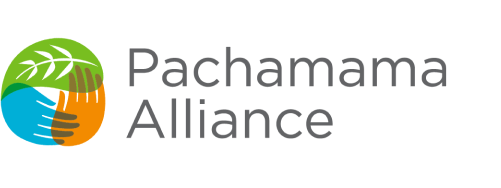Charles Eisenstein is an inspiring thought leader in the paradigm shift toward economic and environmental sustainability. He is a speaker, author, and activist who graduated from Yale University in Philosophy and Mathematics.
With this background, Eisenstein has a powerful way of articulating a large, integrated, and hopeful picture of our current crisis. He is the author of several books including Ascent of Humanity, and the most recent The More Beautiful World Our Hearts Know is Possible. His most well known book is Sacred Economics, which dissects our economic systems and outlines their necessary transformation into economies based on giving.
Changing The Story of Separation
Eisenstein says that this transformation will be characterized as a miracle. In his view, miracles are events that seem impossible from an old worldview—an old story—but that become possible within an expanded, new story. In other words, we've got to change our story, and radical transformation can occur.
Recently, Eisenstein was featured in our webcast series. In the discussion, he spoke about transforming the story we tell ourselves as a society. It is a story of separation in which we are all independent actors in an economic model of growth. In this reality, it is money that gives us value, and we don't need anybody else because we buy what we need.
Eisenstein articulates his vision of a new story—one that is based on the 'logic of the heart' that tells us that our small acts of generosity and creativity matter, and that we are all connected in our search for security, community, and fulfillment.
"You could say that really we are in the business of creating a miracle on earth. I'm saying it is something that is impossible from an old understanding of reality, but possible from a new one," he says.
Check out Eisenstein's Youtube channel to hear him speak or his website to learn more about his exciting vision.
